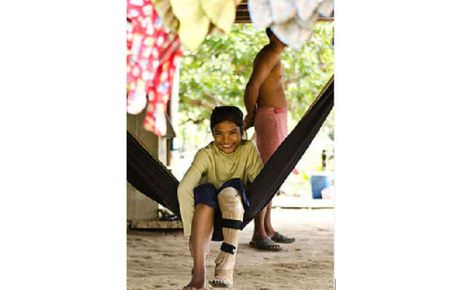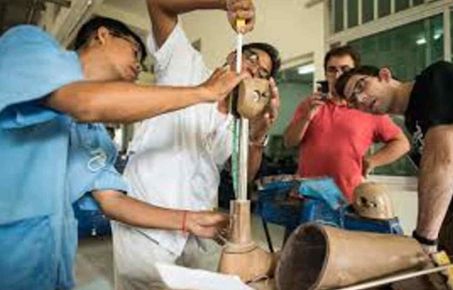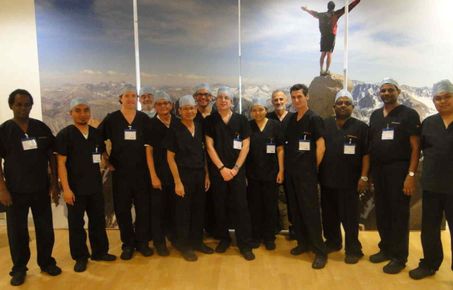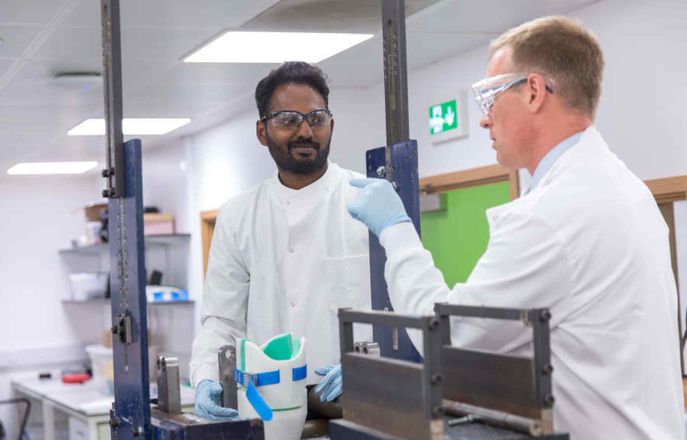Networks and collaborations
Advancement of any kind hinges not only on world-leading expertise, but also on the strength of the expert's collaboration and networks. Engineers, scientists and civil and military clinicians frequently have their own languages and systems for representing knowledge. The Centre facilitates the transfer of information and understanding at the interfaces of each of the disciplines in order to produce results that could not be obtained within a discipline- or even organisation-specific grouping.
With the Centre being comprised of the unique collaborations of civilian engineers and scientists working alongside military doctors, we are able to work more effectively towards our central goals of 1) improving the mitigation of injury through addressing specific clinical areas and 2) increasing lifelong health and quality of life after blast injury by developing and advancing treatment, rehabilitation and recovery.
Click through the images below to learn more about the different collaborations and networks that link the Centre's engineers, scientists and clinicians with those across the globe, thus enabling world-leading research and technical advancements in blast and blast injury.
Networks and collaboration 1
Networks and collaboration 1

London Military Trauma Network
The London Military Trauma Network is a collaborative effort that includes the Centre, Royal London Hospital and Queen Mary University of London. This network aim at identifying collaborative links in order to effectively translate military learning for civilian benefit as well as to maintain and enhance military medical expertise.
Networks and collaboration 3
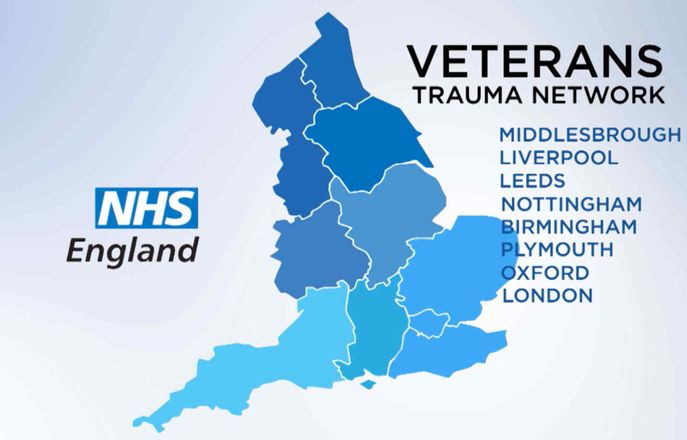
Veterans Trauma network
The VTN is based around the NHS Major Trauma Network that was set up in 2012 to provide better management of civilian trauma.





